Passover Potato Pie is more than just a side dish on the Seder table. It’s a celebration of faith, resilience, and culinary creativity that honors the traditions of Passover while offering comfort and nourishment. Made with just a handful of ingredients like potatoes, onions, and eggs, this pie reflects the resourcefulness required when preparing kosher-for-Passover meals.
Crafted with simplicity, Passover Potato Pie embraces ingredients permitted during Passover, free of chametz (leavened grains) and kitniyot (certain legumes and grains avoided in Ashkenazi tradition). It’s an accessible dish that every family can enjoy, whether as part of the Seder or any meal during Passover.
The Cultural Roots of Passover Potato Pie
Potatoes, though relatively modern in Jewish cuisine compared to ancient grains and vegetables, became indispensable for Jewish communities across Europe and beyond, especially during Passover. In the 18th and 19th centuries, as Jewish populations spread across Eastern Europe, Russia, and parts of the Middle East, potatoes became a vital part of the diet. They were easily cultivated, affordable, and suitable for a kosher diet during Passover.
The Passover Potato Pie, much like other classic Passover dishes, reflects Jewish ingenuity in the face of limited resources and dietary restrictions. The Eastern European Jewish tradition of kugel, for example, served as a model for many adaptations involving potatoes, including the layered, flavorful pie we know today. Through the generations, Passover Potato Pie evolved from a simple sustenance dish to a cherished staple, celebrated for its flavor, texture, and symbolic value.
In Jewish culture, many dishes hold symbolic meaning beyond their nutritional value. Passover Potato Pie honors the holiday’s essence by transforming humble ingredients into a flavorful, sustaining meal. Like matzo, this dish reminds us of resilience, simplicity, and the strength to endure challenges with creativity.

Passover Potato Pie
Equipment
- 1 large mixing bowl – For combining the mashed potatoes with ingredients.
- 1 cast-iron or oven-safe skillet – To bake the potato pie and achieve a crispy, golden crust.
- 1 potato masher – Essential for achieving smooth mashed potatoes.
- 1 wooden spoon – For stirring and blending ingredients evenly.
Ingredients
- 6 large Russet potatoes – peeled and quartered
- 2 large yellow onions – finely chopped, for caramelized onion flavor
- 2 tablespoons olive oil – for sautéing the onions
- 2 tablespoons chicken or vegetable broth – for moisture and flavor
- 1/2 teaspoon salt – or to taste
- 1/4 teaspoon black pepper – freshly ground, for flavor
- 1/2 teaspoon garlic powder – for added depth
- 1/2 teaspoon paprika – for a hint of color and flavor
- 2 large eggs – beaten, for binding the potato mixture
Instructions
Prepare the Potatoes
- Boil the quartered potatoes in salted water for about 20 minutes or until fork-tender.
Caramelize the Onions
- In a skillet, heat the olive oil over medium heat. Add chopped onions and cook until golden brown and caramelized (approximately 10 minutes), stirring occasionally. Add a pinch of salt while cooking.
Mash the Potatoes
- Drain the cooked potatoes and transfer them to a large mixing bowl. Mash thoroughly with a potato masher until smooth, leaving a few small chunks if desired for texture.
Combine Ingredients
- Add caramelized onions, chicken or vegetable broth, salt, pepper, garlic powder, and paprika to the mashed potatoes. Stir until evenly combined.
Add Eggs and Mix
- Pour the beaten eggs into the potato mixture and fold in gently to avoid overmixing.
Bake the Potato Pie
- Preheat the oven to 375°F (190°C). Grease the skillet lightly with olive oil, then transfer the potato mixture into it, spreading evenly. Use a spoon to create swirls on the top for a decorative finish.
Bake and Serve
- Bake for 1 hour until the top is golden brown and crispy. Allow the pie to rest for 10 minutes before slicing and serving warm.
Notes
Serving and Pairing Suggestions

Passover Potato Pie is delicious on its own but can also be paired with other traditional Passover foods for a well-rounded meal:
1. With Brisket or Roast Chicken
Serve the potato pie as a hearty side to roast chicken or slow-cooked brisket. The richness of these meats pairs beautifully with the tender, starchy potato layers.
2. With Matzo Ball Soup
For a comforting meal, pair it with a bowl of matzo ball soup. The warmth and savory flavor of the soup complements the pie’s texture and taste.
3. With a Fresh Salad
A light salad with mixed greens, cucumber, and vinaigrette provides a refreshing contrast to the dense, filling nature of the potato pie.
4. Topped with Applesauce or Sour Cream
For an Ashkenazi-inspired pairing, serve with applesauce or a dollop of sour cream. This addition offers a subtle sweetness or tang that balances the savory pie.
Looking for more delicious recipes? Check out our Ground Sirloin Recipe for a hearty and flavorful meal that’s perfect for any occasion.
Passover Symbolism in Passover Potato Pie
During Passover, each food holds symbolic meaning, and while potatoes might seem simple, their place in Passover reflects the holiday’s theme of endurance and adaptability. Potatoes became essential for communities that couldn’t access grain-based foods during Passover or in times of scarcity. The ingredients in Passover Potato Pie—simple yet nourishing—symbolize making the most of available resources.
Each layer of potato and onion can represent the layering of Jewish history, while the eggs that bind the pie together are a symbol of renewal and growth. Serving this dish during Passover is a subtle nod to the resilience and creativity of generations past.
Storage and Reheating Tips for Passover Potato Pie
Passover Potato Pie can be made in advance and stored, making it a convenient dish for the busy holiday season. Here’s how to store and reheat it for optimal flavor:
- Refrigeration: Store the baked potato pie in an airtight container or cover it well with foil and refrigerate for up to three days. When ready to serve, reheat in a 350°F oven for about 15 minutes, until heated through.
- Freezing: Allow the pie to cool completely, then wrap tightly in plastic wrap and foil. Freeze for up to a month. Thaw overnight in the refrigerator before reheating in the oven.
- Portioning: For ease, slice the pie into portions before freezing. This allows you to reheat only what you need without thawing the entire dish.
Modern Takes on Passover Potato Pie
While the traditional Passover Potato Pie remains popular, modern Jewish cuisine has brought new, inventive variations. These adaptations reflect contemporary culinary influences, such as global flavors, health-conscious ingredients, and even plant-based alternatives. Here are some innovative ways people are reinventing the classic Passover Potato Pie:
1. Sweet Potato Passover Pie
For a healthier twist, sweet potatoes can be used instead of traditional russet or Yukon Gold potatoes. Sweet potatoes add a natural sweetness and a vibrant color, making the dish visually appealing. They are also packed with beta-carotene, fiber, and vitamin C, adding a nutritional boost.
2. Cheesy Passover Potato Pie
While traditional recipes avoid cheese to keep it kosher for a meat meal, vegetarian versions can introduce dairy. Adding shredded cheddar, gouda, or even a sprinkle of Parmesan creates a richer flavor and a crispy, golden topping. This version is especially popular among younger generations looking for a heartier, more comforting version of the classic dish.
3. Herb-Infused Potato Pie
Adding fresh herbs like rosemary, sage, thyme, or parsley to the layers of potato and onion gives the pie a fragrant, flavorful twist. Herbs can also be added to the olive oil or schmaltz, creating an infused base that flavors each layer. The herb-infused Passover Potato Pie has a refined flavor profile that’s great for serving as a main dish during the holiday.
4. Vegan Passover Potato Pie
For those who prefer a vegan Passover meal, eggs can be replaced with a mixture of aquafaba (chickpea water) or a blend of non-dairy milk and cornstarch, providing the necessary binding without animal products. Olive oil or coconut oil can be used as a substitute for schmaltz, and additional vegetables like mushrooms, bell peppers, or carrots can enhance flavor and texture.
5. Middle Eastern Spiced Potato Pie
For a Sephardic-inspired take, add Middle Eastern spices like cumin, coriander, and turmeric. You can layer these spices with the potatoes to infuse a warm, earthy flavor. This variation pairs well with haroset and matzo, creating a more flavorful, aromatic dish that highlights the diversity of Jewish culinary traditions.
6. Mediterranean-Inspired Potato Pie
Adding ingredients like spinach, olives, or sun-dried tomatoes, along with a touch of garlic and basil, offers a Mediterranean flair. This variation brings brightness and depth, complementing the creamy potatoes with briny and herbaceous flavors. It’s a wonderful way to enjoy Passover Potato Pie with a bit of flair.
Discover a unique take on Passover Potato Pie with this recipe from Desserts Capital, adding a fresh twist to your holiday meal.
Nutritional Benefits of Passover Potato Pie

Passover Potato Pie is not only filling but also nutritious. Here’s a closer look at the health benefits of its main ingredients:
- Potatoes: Rich in vitamins C and B6, potassium, and fiber, potatoes help with immunity, digestion, and heart health.
- Onions: High in antioxidants, onions promote heart health and have anti-inflammatory properties.
- Eggs: A complete protein source, eggs provide all essential amino acids along with vitamins D and B12, beneficial for bone and brain health.
- Olive Oil: If used, olive oil adds healthy monounsaturated fats, which are beneficial for heart health.
These ingredients create a dish that’s naturally gluten-free and balanced in nutrients, offering energy for the long Seder meals.
Conclusion
Passover Potato Pie is a beautiful blend of history, culture, and delicious simplicity. This humble yet flavorful pie, layered with thinly sliced potatoes and onions, holds a special place on the Passover table as a symbol of resilience and resourcefulness. Whether you stick to the classic recipe or add your own twist, Passover Potato Pie is bound to become a cherished family tradition, enriching each Passover meal with warmth, nourishment, and meaning.
FAQs About Passover Potato Pie
1. How can I add extra flavor to Passover Potato Pie?
Adding herbs like thyme, rosemary, or sage to the potato layers gives extra depth of flavor. A sprinkle of smoked paprika can also add a subtle smokiness.
2. Can I make this dish without eggs?
Yes, you can replace eggs with a mixture of non-dairy milk and cornstarch. Blend 1 cup of milk with 2 tablespoons of cornstarch and pour it over the layered potatoes for a similar binding effect.
3. What side dishes go well with Passover Potato Pie?
Passover Potato Pie pairs well with a mixed green salad, roasted root vegetables, or traditional dishes like matzo ball soup. It can also be served with applesauce for a slightly sweet contrast.
4. What types of potatoes work best for this recipe?
Russet potatoes are ideal for their starchy texture, but Yukon Golds can work too, offering a slightly creamier result. Avoid waxy potatoes as they may not achieve the desired consistency.
5. Can I add other vegetables to this pie?
Certainly! Thinly sliced zucchini, carrots, or mushrooms make great additions, adding more color, flavor, and nutrients to the dish.

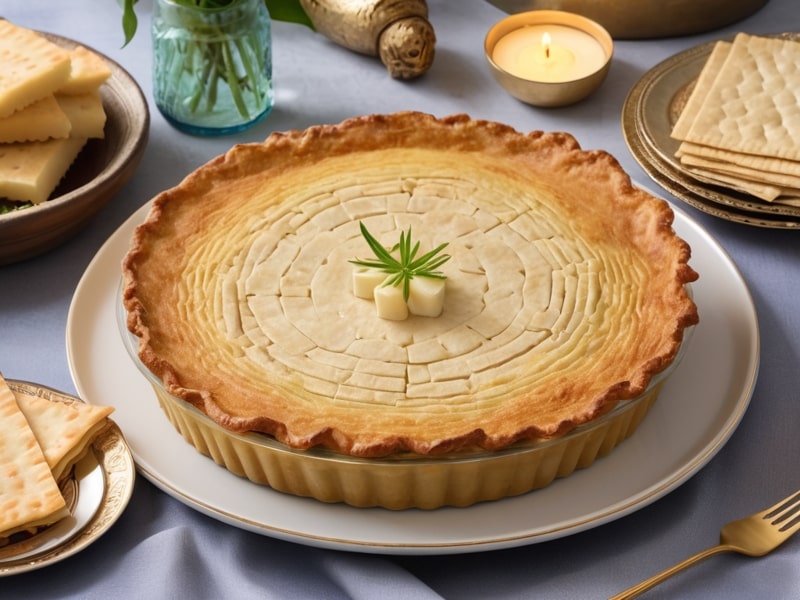
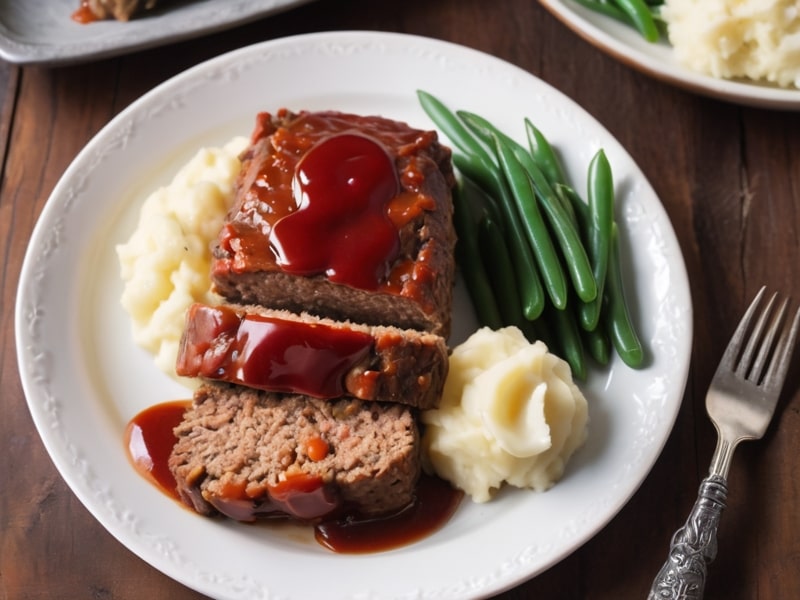
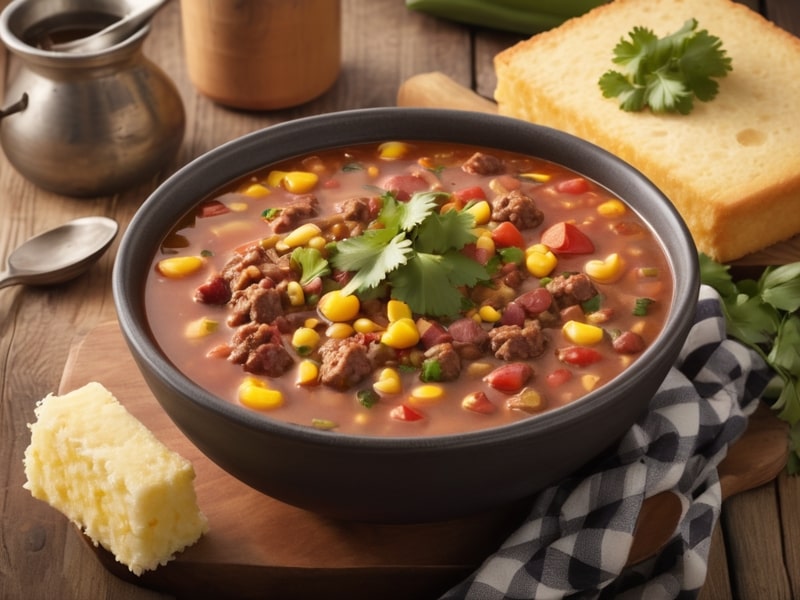
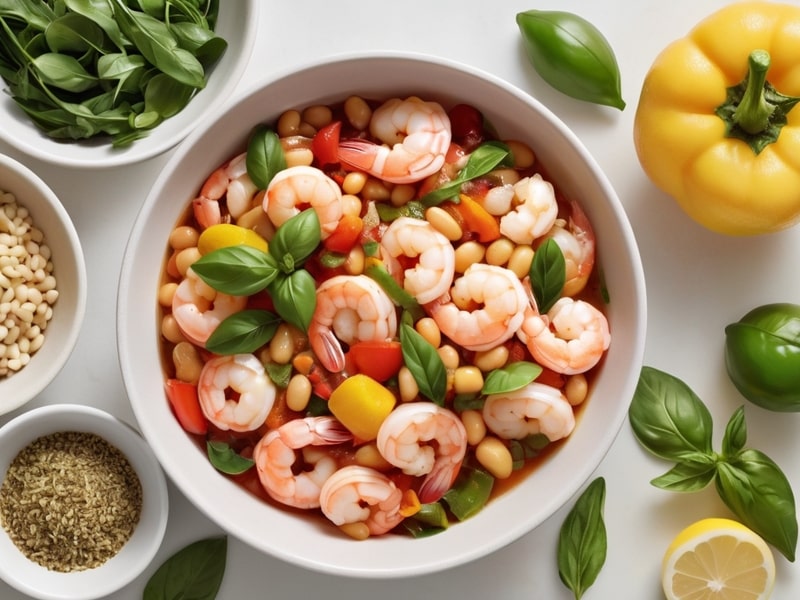
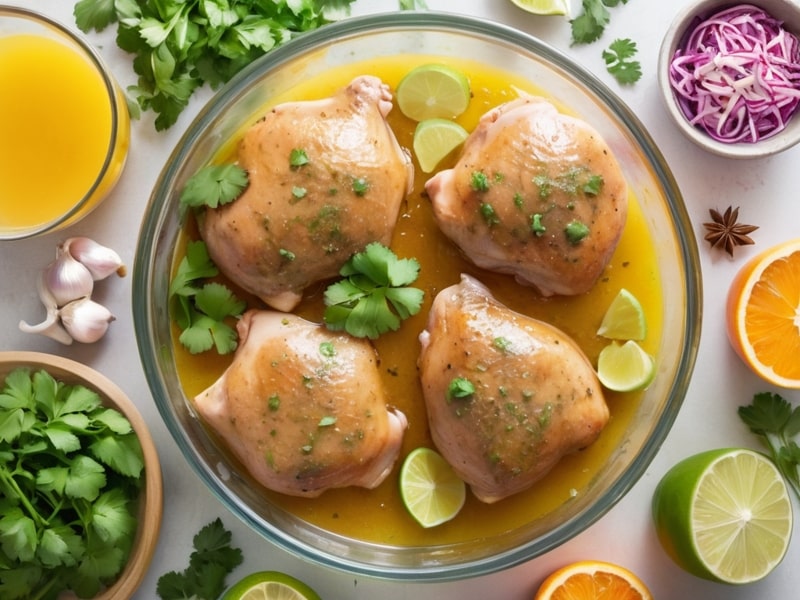


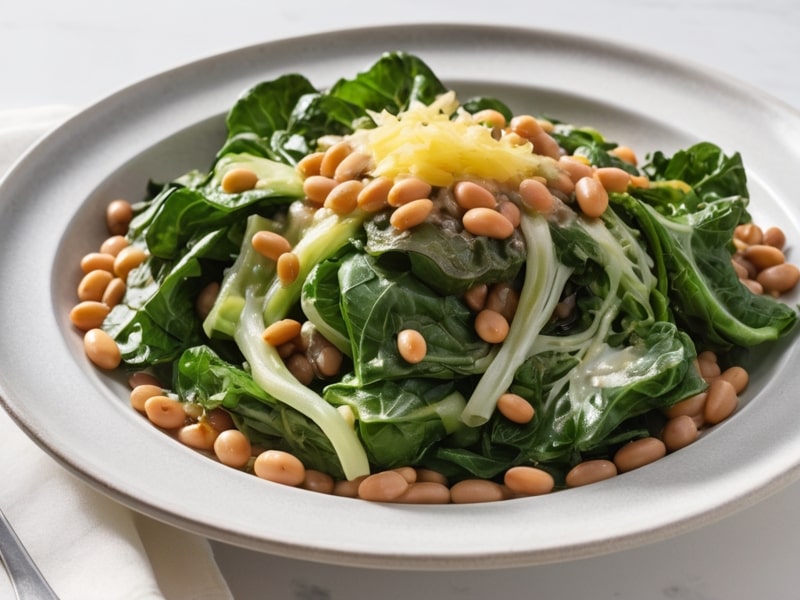
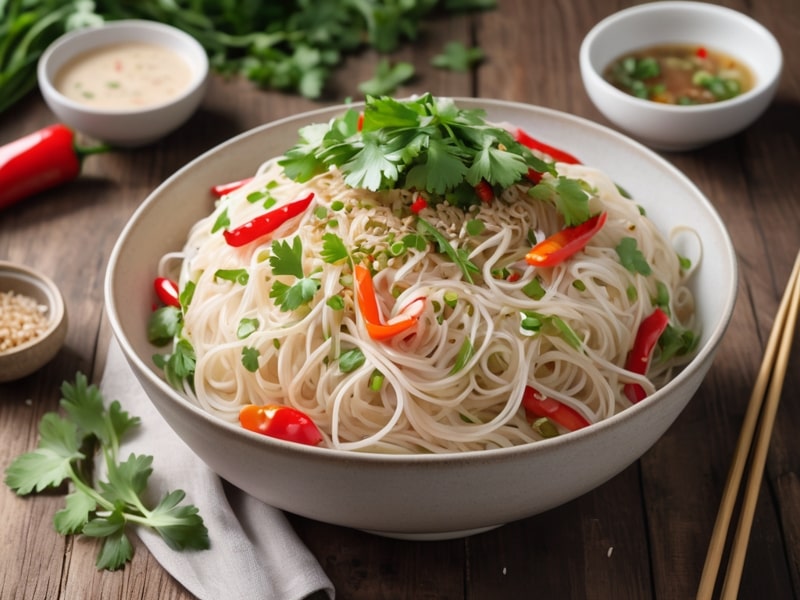
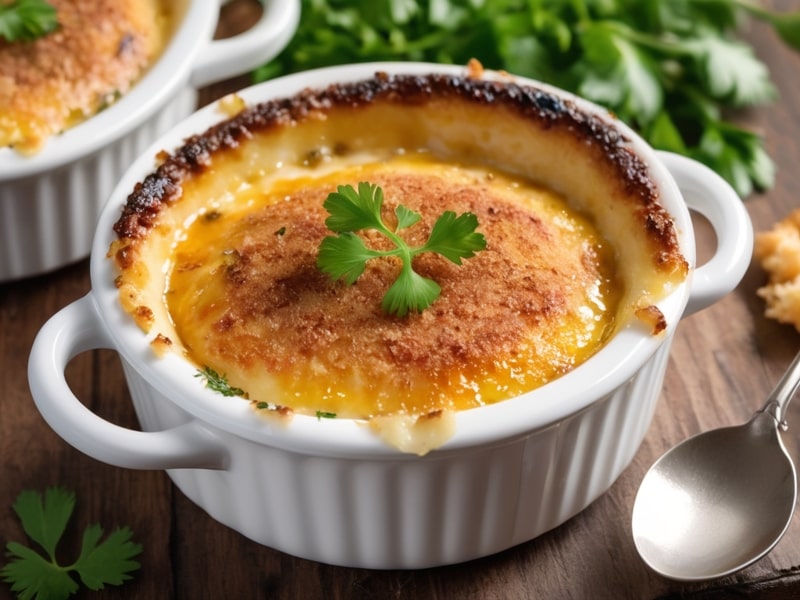
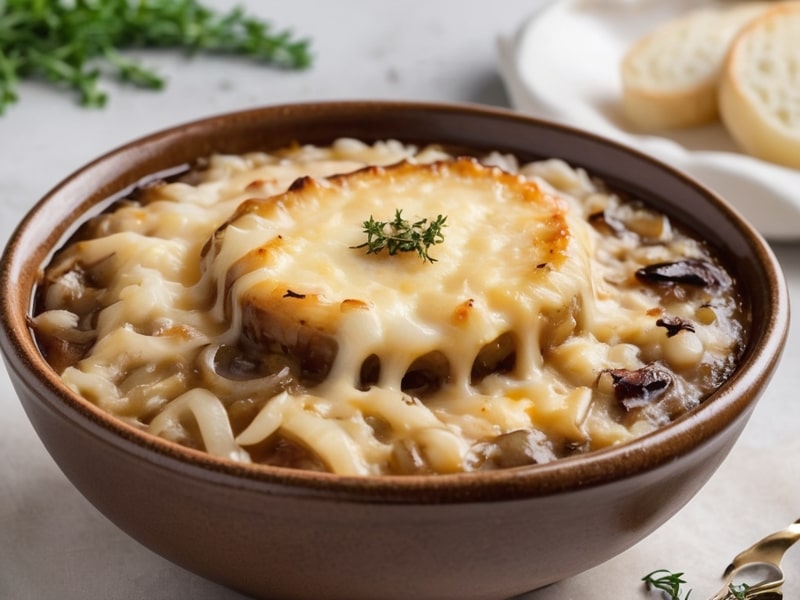
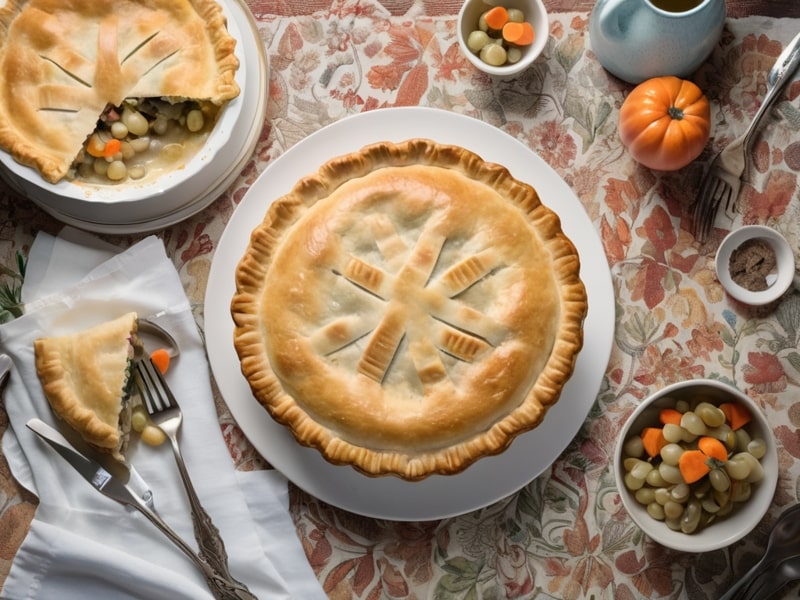
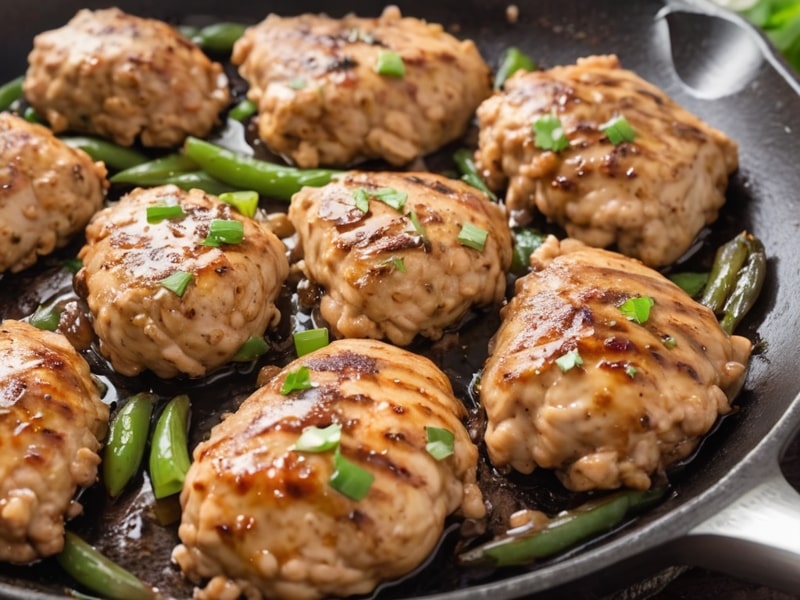
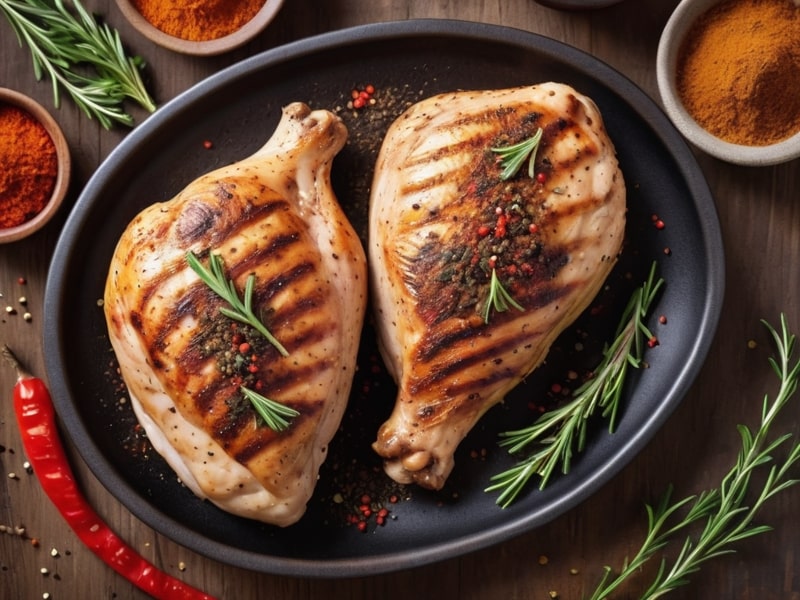
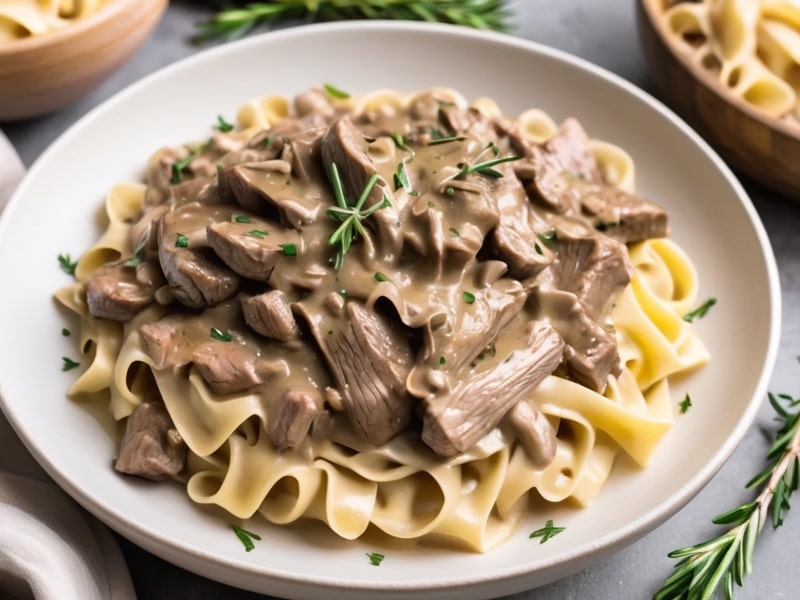

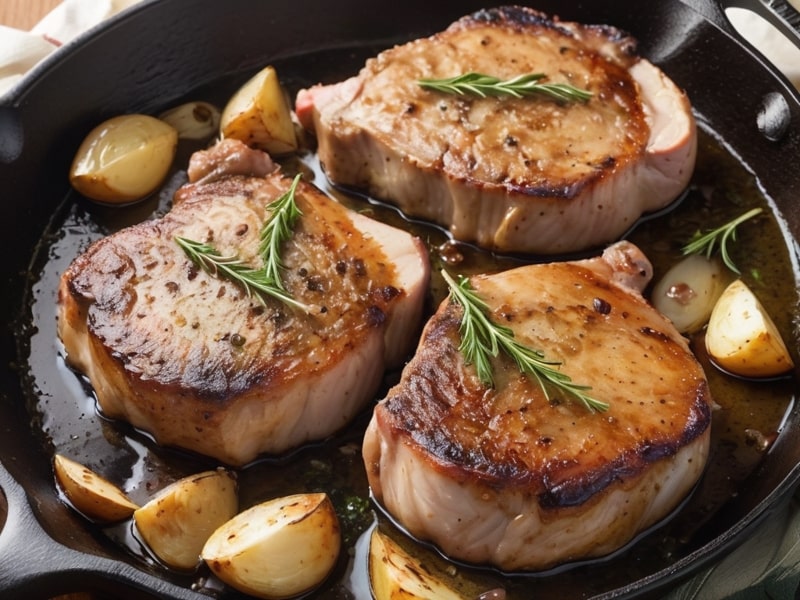
Love how this Passover potato pie combines tradition and hearty flavors! Definitely adding this to my recipe list.